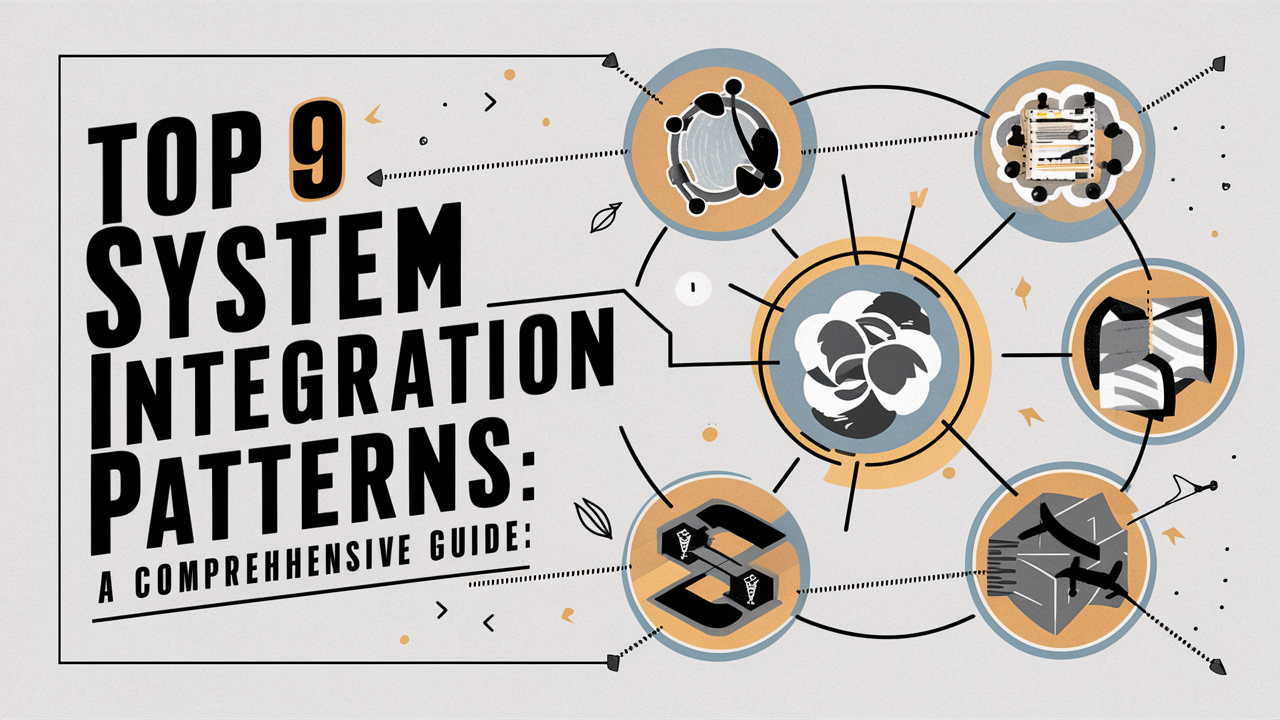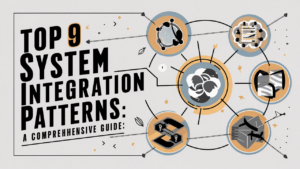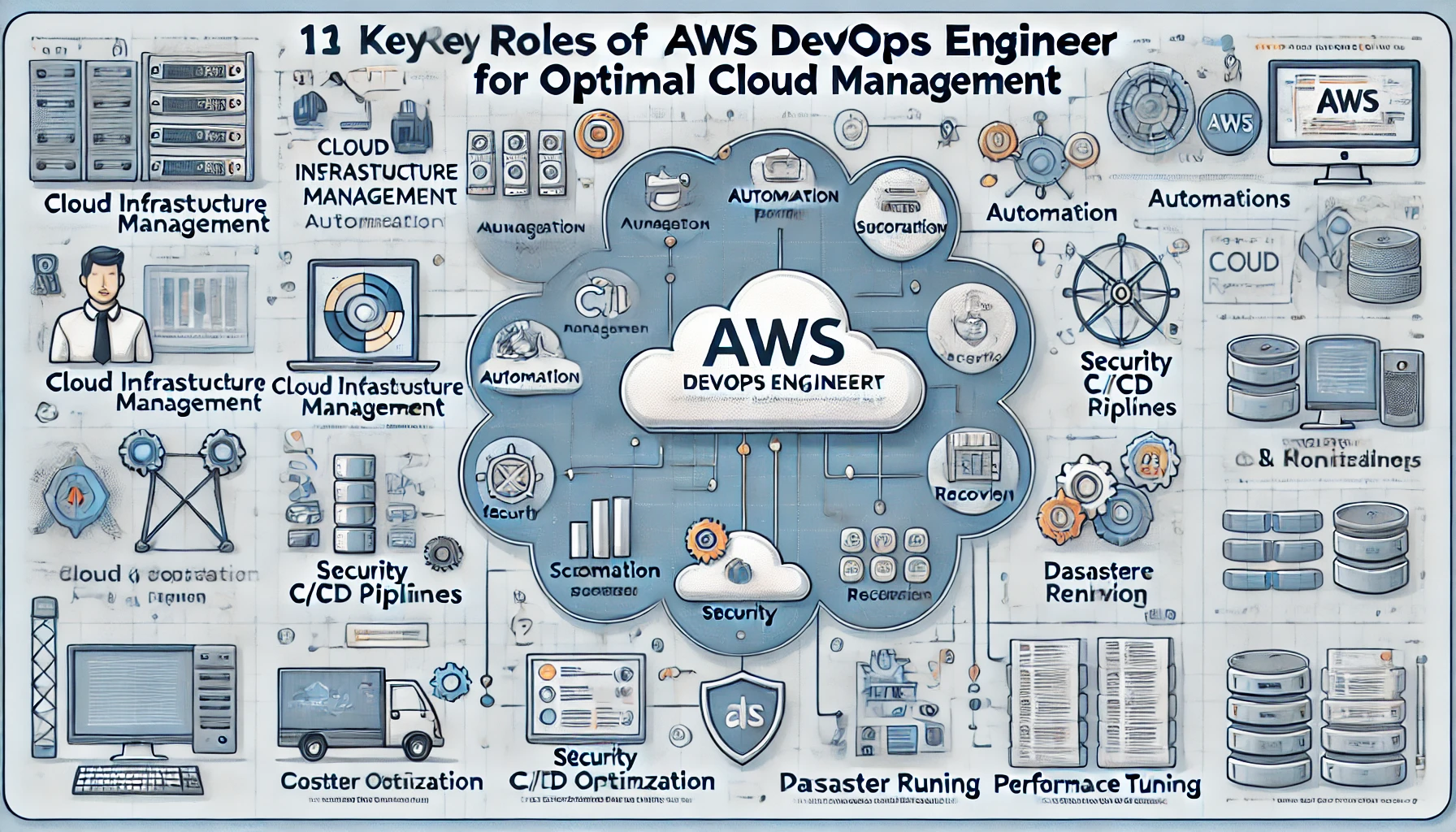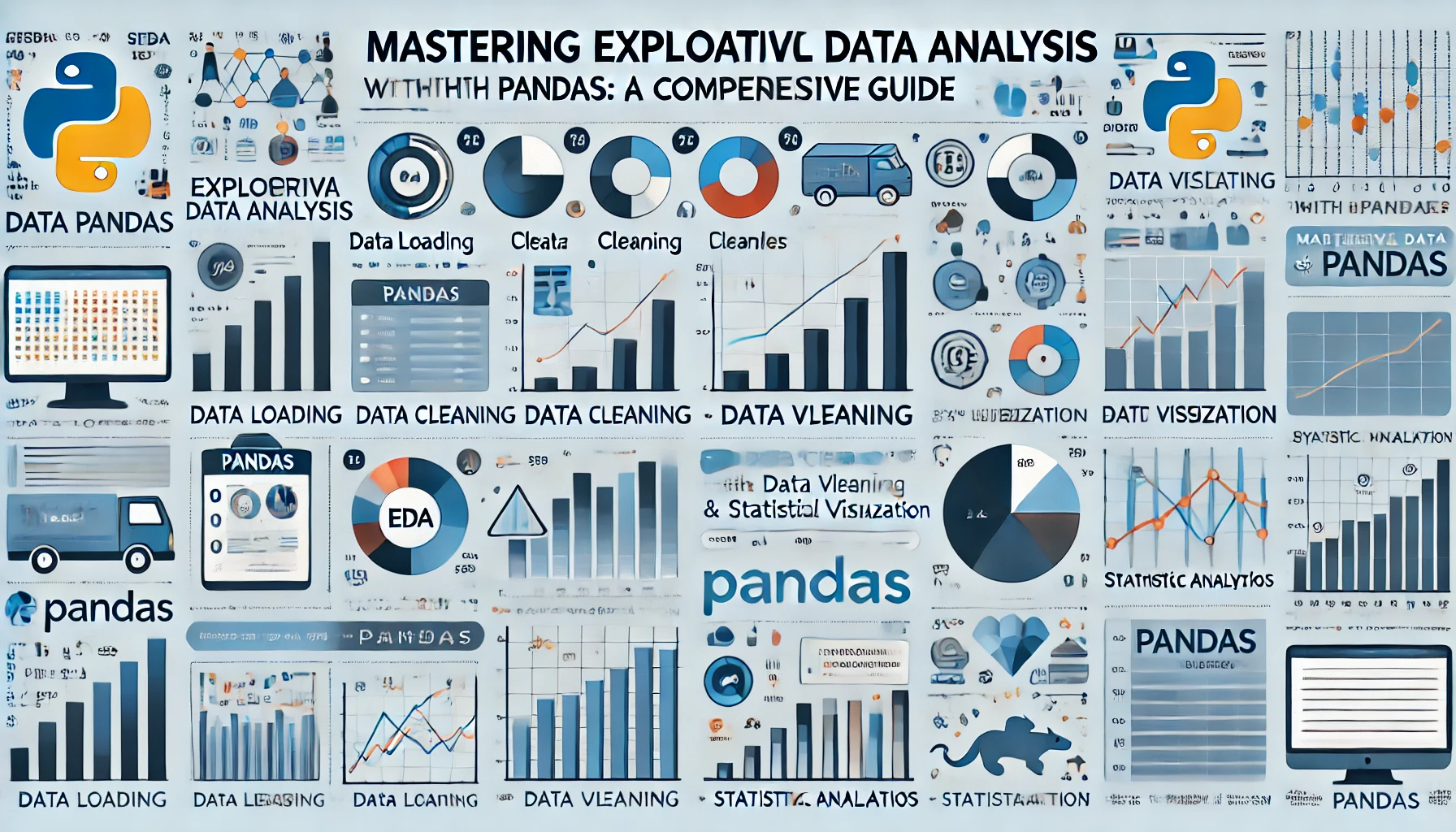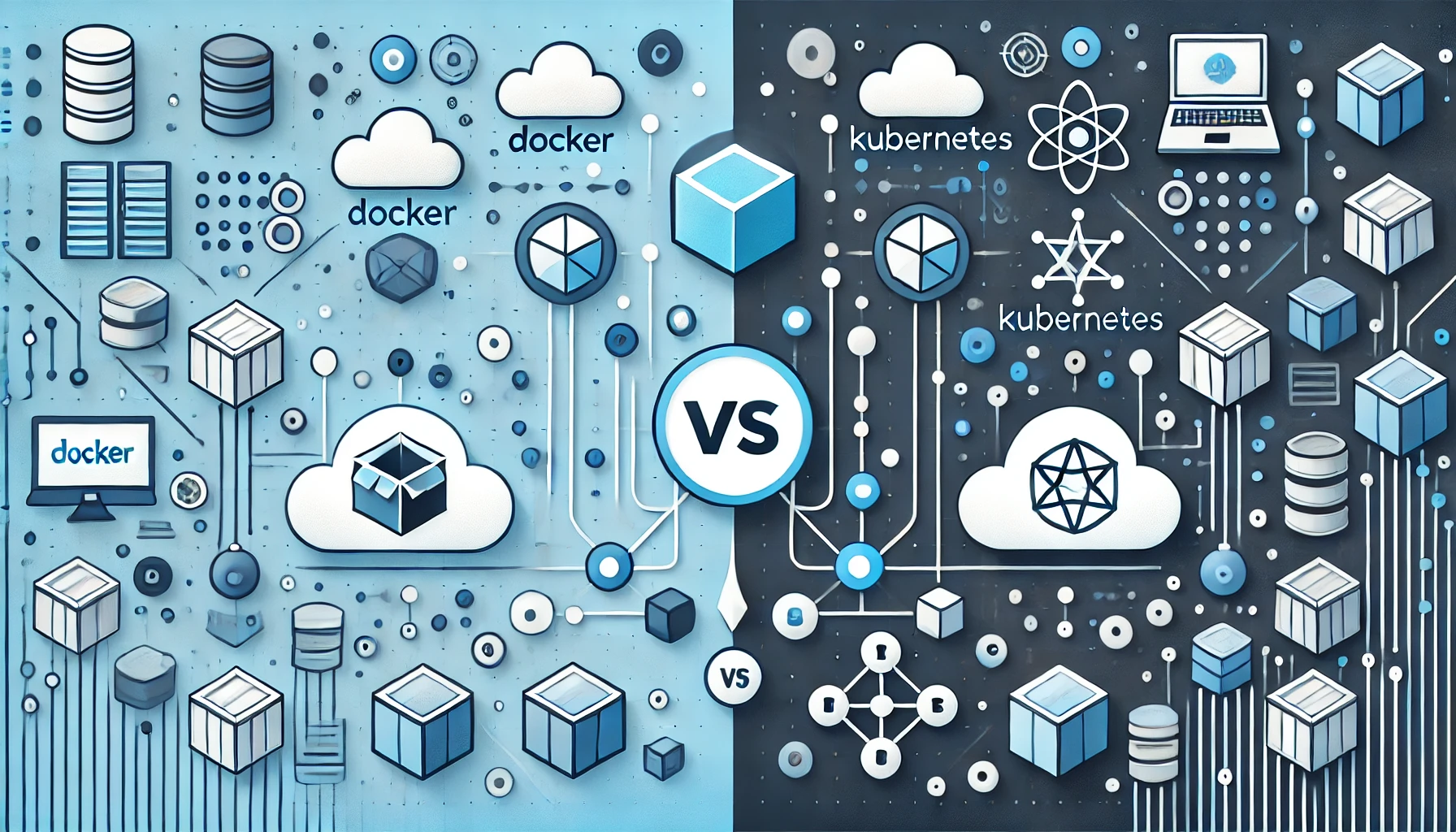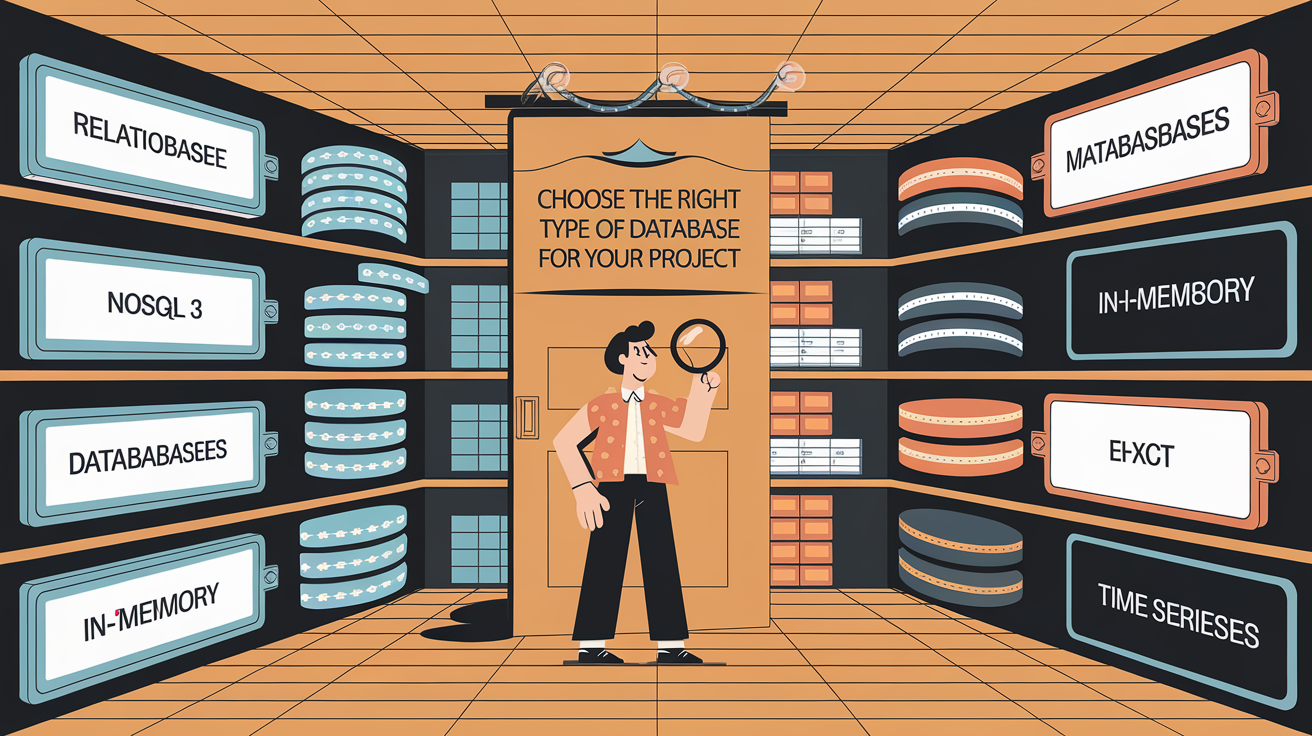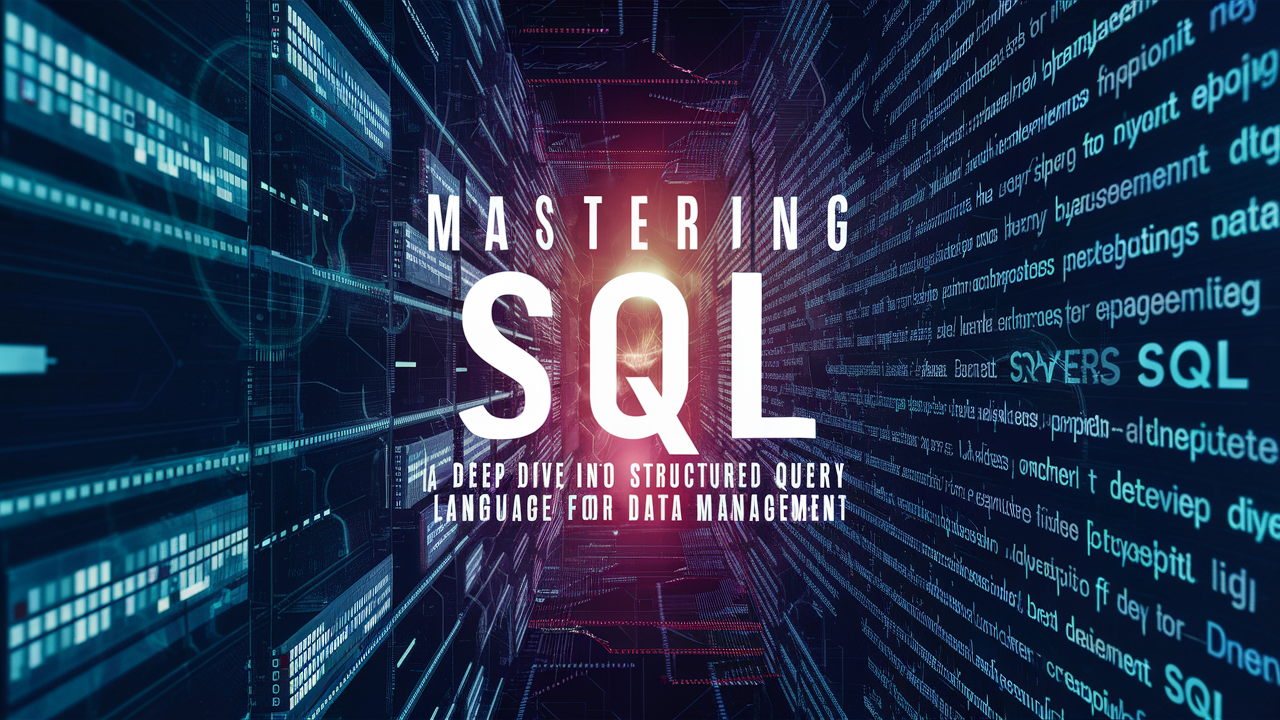In modern software architectures, system integration patterns are key to building scalable, maintainable, and robust applications. Whether you’re working with microservices, legacy systems, or cloud-based applications, the way systems communicate can make or break your architecture. This blog post explores the top 9 system integration patterns, providing insight into how these methods enable seamless communication between different services and systems.
1. Peer-to-Peer (P2P) Integration
What It Is:
In a Peer-to-Peer integration, services communicate directly with each other without the need for a central broker or mediator. This creates a mesh-like structure where each service can talk to any other service it needs to.
Use Case:
Payment Systems: In the image, you can see multiple payment services communicating directly with order services. This is ideal when each service needs to have granular control over how and when it interacts with other services.
Pros:
Decentralized and highly scalable.
Eliminates single points of failure.
Cons:
Complexity grows as more services are added, making it harder to manage.
Example Code (Microservices Communication):
# Peer-to-peer communication between two microservices using HTTP import
requests def get_order(order_id): response = requests.get(f'http://order-
service/orders/{order_id}') return response.json() def
send_payment(order_id, amount): payment_data = {'order_id': order_id,
'amount': amount} response = requests.post(f'http://payment-
service/payments', json=payment_data) return response.json() # Example call
order = get_order(1) payment = send_payment(order['id'], order['amount'])
2. API Gateway
What It Is:
The API Gateway pattern involves using a centralized service that acts as an entry point for various microservices. All incoming requests pass through this gateway, which then routes them to the appropriate services.
Use Case:
Microservice Architectures: Instead of exposing every microservice directly to the client, an API gateway handles tasks like authentication, rate limiting, protocol translation, and request routing.
Pros:
Simplifies client-to-service interactions.
Centralizes cross-cutting concerns (e.g., security, logging).
Cons:
Can become a bottleneck if not scaled properly.
Example Code (Simple API Gateway in Python):
from flask import Flask, request, jsonify app = Flask(__name__)
@app.route('/api/order', methods=['GET']) def get_order(): # This would
route the request to the actual order service response =
requests.get('http://order-service/orders') return jsonify(response.json())
@app.route('/api/payment', methods=['POST']) def create_payment(): # This
would route the request to the actual payment service payment_info =
request.json response = requests.post('http://payment-service/payments',
json=payment_info) return jsonify(response.json()) # Run API Gateway if
__name__ == '__main__': app.run(port=5000)
3. Publish-Subscribe (Pub-Sub)
What It Is:
In the Pub-Sub pattern, services (publishers) send messages to a central topic without directly addressing specific recipients (subscribers). Subscribers express interest in a topic and receive relevant messages asynchronously.
Use Case:
Event-Driven Architectures: Ideal for real-time notifications like stock price updates, chat applications, or IoT data streams.
Pros:
Asynchronous and decouples publishers from subscribers.
Scalable for systems requiring high throughput.
Cons:
Hard to track failures since communication is asynchronous.
Debugging can be challenging.
Example Code (Pub-Sub with Redis):
import redis # Publisher def publish_event(channel, message): r =
redis.Redis() r.publish(channel, message) # Subscriber def
subscribe_to_channel(channel): r = redis.Redis() pubsub =
r.pubsub() pubsub.subscribe(channel) for message in pubsub.listen():
if message['type'] == 'message': print(f"Received: {message['data']}") #
Example usage publish_event('order_created', 'New order created with ID 1234')
4. Request-Response
What It Is:
In the request-response pattern, a client sends a request to a server, which processes it and sends back a response. This is a synchronous pattern where the client waits for the server to respond before proceeding.
Use Case:
Typical Web Applications: The user requests a resource (e.g., webpage or data) from a server, and the server responds with the requested information.
Pros:
Simple and intuitive.
Immediate feedback to the client.
Cons:
Blocking nature can slow down the client.
Not ideal for long-running operations.
Example Code (Flask API):
from flask import Flask, jsonify app = Flask(__name__)
@app.route('/api/order/<int:order_id>', methods=['GET']) def
get_order(order_id): # Mock data retrieval order = {
'order_id': order_id, 'item': 'Laptop'} return jsonify(order) #
Run server if __name__ == '__main__': app.run(port=5000)
5. Event Sourcing
What It Is:
In Event Sourcing, the state of an application is determined by a sequence of events rather than storing the current state in a database. Each change is captured as an event, which is stored in an Event Store.
Use Case:
Auditability and History Tracking: Perfect for systems where tracking every change or action (e.g., order changes, inventory updates) is critical.
Pros:
Allows full history of the application’s state.
Easily replay events to restore the system state.
Cons:
Requires a more complex setup to implement and maintain.
Example Code (Event Sourcing for Orders):
class EventStore: def __init__(self): self.store = [] def add_event(self,
event): self.store.append(event) def get_events(self): return self.store #
Usage event_store = EventStore() event_store.add_event({'event':
'OrderCreated', 'order_id': 1234}) event_store.add_event({'event':
'ItemAdded', 'order_id': 1234, 'item': 'Laptop'}) events =
event_store.get_events() for event in events: print(event)
6. ETL (Extract, Transform, Load)
What It Is:
ETL is a traditional data integration method that Extracts data from different sources, Transforms it into a usable format, and Loads it into a destination system (e.g., data warehouse).
Use Case:
Data Warehousing: ETL is critical for organizations aggregating data from multiple systems for analytics, business intelligence, and reporting.
Pros:
Ideal for processing large volumes of data.
Structured, repeatable process.
Cons:
Batch processing can lead to latency, making it unsuitable for real-time requirements.
Example Code (ETL using Python):
import pandas as pd # Extract data = pd.read_csv('source_data.csv') #
Transform data['price'] = data['price'].apply(lambda x: x * 1.2) #
Load data.to_csv('transformed_data.csv', index=False)
7. Batching
What It Is:
In the Batching system integration patterns, data or requests are collected into a batch and processed as a single unit rather than individually. This is useful when the overhead of processing each unit is high.
Use Case:
Payroll Processing: Instead of processing payments one by one, a batch of payments is processed at once, reducing overhead.
Pros:
Efficient for high-volume operations.
Reduces system load by minimizing repeated processes.
Cons:
Latency due to waiting for batch processing to trigger.
Example Code (Batch Processing):
def batch_process(data_list, batch_size): for i in range(0, len(data_list),
batch_size): batch = data_list[i:i+batch_size] print(f"Processing
batch: {batch}") # Example usage data = [1, 2, 3, 4, 5, 6, 7, 8]
batch_process(data, 3)
8. Streaming Processing
What It Is:
In Streaming Processing, data is processed in real-time as it arrives, rather than waiting to accumulate data into batches. This allows for immediate processing and reaction.
Use Case:
Real-Time Analytics: Used in applications like fraud detection, social media feeds, and IoT systems, where data needs to be processed continuously.
Pros:
Real-time data processing.
Low-latency, suitable for dynamic systems.
Cons:
Requires infrastructure capable of handling high throughput in real-time.
Example Code (Real-Time Data with Apache Kafka):
from kafka import KafkaConsumer # Consume real-time data from
Kafka topic consumer = KafkaConsumer('orders_topic') for message
in consumer: print(f"Received order: {message.value}")
9. Orchestration
What It Is:
Orchestration involves coordinating multiple services, automating workflows, and managing dependencies between services to ensure they operate in harmony.
Use Case:
- Microservices Architecture: In a system where various microservices need to interact, orchestration ensures that they run in the correct sequence, handling dependencies and failures.
Pros:
Ensures automated, managed workflows.
Handles complex inter-service dependencies.
Cons:
Can introduce a single point of failure if not managed properly.
Example Code (Airflow DAG for Task Orchestration):
from airflow import DAG from airflow.operators.python_operator import
PythonOperator from datetime import datetime def task_1(): print("Task 1
executed") def task_2(): print("Task 2 executed") dag =
DAG('orchestration_example', start_date=datetime(2023, 1, 1)) task1 =
PythonOperator(task_id='task_1', python_callable=task_1, dag=dag) task2 =
PythonOperator(task_id='task_2', python_callable=task_2, dag=dag) task1 >>
task2 # Orchestrate task execution
Conclusion to System Integration Patterns
Selecting the right system integration patterns is crucial for building scalable and maintainable applications. Each pattern, from Peer-to-Peer to Orchestration, has its strengths and ideal use cases. Whether you’re dealing with microservices, real-time data, or batch processing, understanding these system integration patterns will help you build robust and efficient systems.
| Integration Pattern | Description | Use Case | Pros | Cons |
| Peer-to-Peer | Services communicate directly with each other without intermediaries. | Payment systems or microservices that require direct control over interactions. | Decentralized, eliminate single points of failure, scalable. | Becomes complex as services grow, and harder to manage. |
| API Gateway | Centralized entry point for routing requests to multiple services. | Microservices architecture where a unified API is needed (e.g., authentication, routing). | Simplifies client interactions and centralizes cross-cutting concerns. | Can become a bottleneck if not properly scaled. |
| Publish-Subscribe (Pub-Sub) | Decouples communication between services through a message broker. | Event-driven architectures like notifications or IoT systems. | Asynchronous, decouples publishers and subscribers, scalable. | Hard to track failures, difficult to debug asynchronous issues. |
| Request-Response | Synchronous communication is where a client requests and waits for a response. | Standard web applications or REST APIs. | Simple, intuitive, immediate feedback to clients. | Blocking by nature, is not suitable for long-running processes. |
| Event Sourcing | State is stored as a sequence of events rather than the current state. | Systems that require audit logs or history tracking (e.g., order processing systems). | Full history of state changes, easy event replay. | More complex to implement and manage over time. |
| ETL (Extract, Transform, Load) | Batch data integration pattern to move data from sources into a data warehouse. | Data warehousing, business intelligence, or reporting. | Handles large volumes of data, a repeatable process. | Batch processing leads to latency, not real-time. |
| Batching | Collects and processes data in batches to reduce overhead. | Payroll processing, invoice generation, or any high-volume data processing. | Reduces repeated processes, efficient for large data volumes. | Latency due to batch intervals, is not suitable for real-time. |
| Streaming Processing | Processes data in real-time as it arrives. | Real-time analytics like fraud detection, social media feeds, and IoT data streams. | Low-latency, real-time data processing. | Requires robust infrastructure, and high throughput management. |
| Orchestration | Manages and coordinates workflows and dependencies between multiple services. | Microservice systems where inter-service coordination is critical (e.g., Airflow workflows). | Automates complex workflows and handles service dependencies. | Can introduce a single point of failure if not managed well. |

